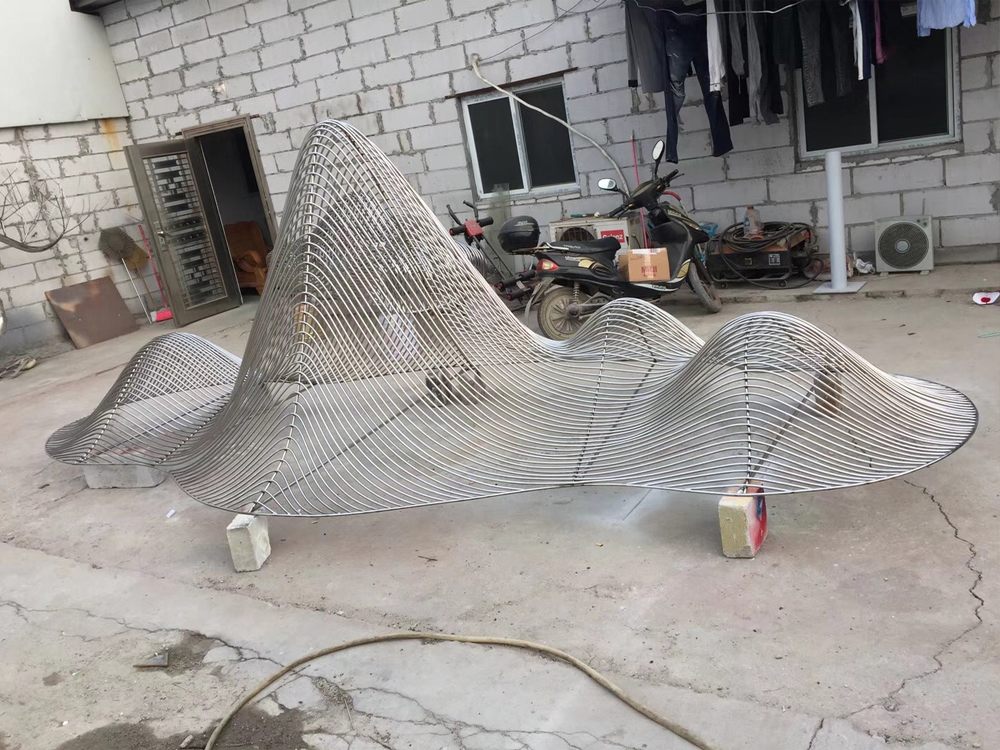
Porcelain sculptures have long been revered for their ability to transcend traditional boundaries in art, offering a unique lens through which form and space are explored. The delicate nature of porcelain allows artists to manipulate thin, translucent layers, creating intricate shapes that challenge perceptions of weight and solidity. This medium’s fragility contrasts with its enduring presence, embodying a duality that invites viewers to contemplate the interplay between materiality and emptiness.
In exploring form, porcelain sculptures often emphasize fluidity and movement, with curves and contours that seem to defy gravity. The material’s smooth surface reflects light in ways that enhance dimensionality, making static pieces appear dynamic. Artists like Edmund de Waal and Ai Weiwei have pushed these boundaries, using porcelain to question cultural narratives and spatial relationships.
Space, too, is reimagined through porcelain art. The negative spaces within and around sculptures become as significant as the solid forms, encouraging a dialogue between presence and absence. Installations often play with scale, placing miniature pieces in vast galleries or clustering them to create immersive environments. This interplay invites viewers to engage physically and emotionally, transforming passive observation into an active exploration of spatial harmony.
Ultimately, porcelain sculptures serve as a bridge between craftsmanship and conceptual art, proving that even the most delicate materials can provoke profound reflections on form, space, and human perception.

